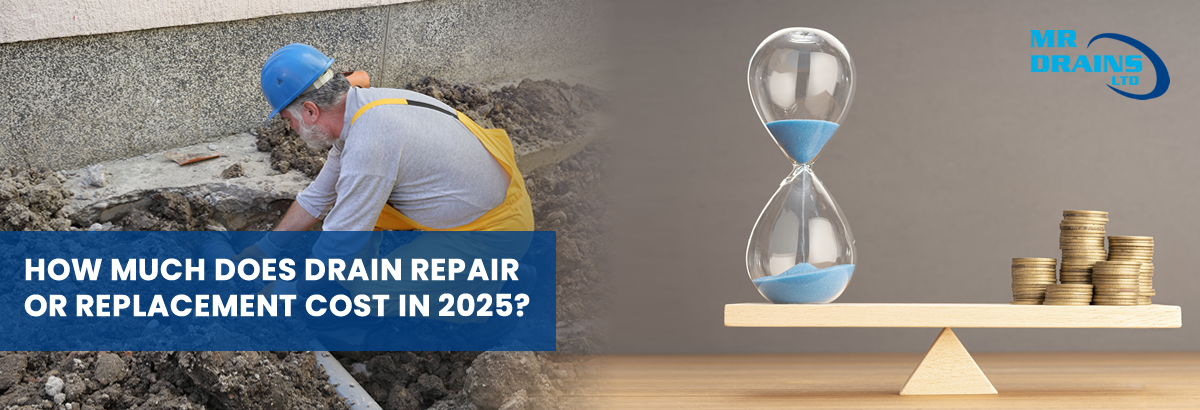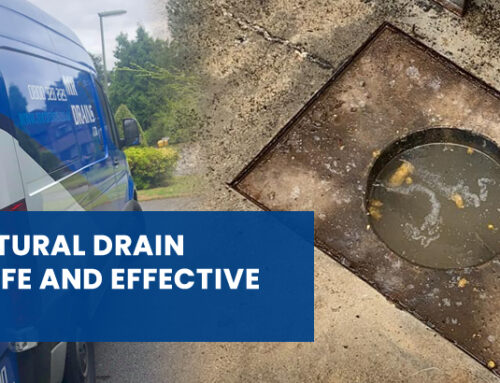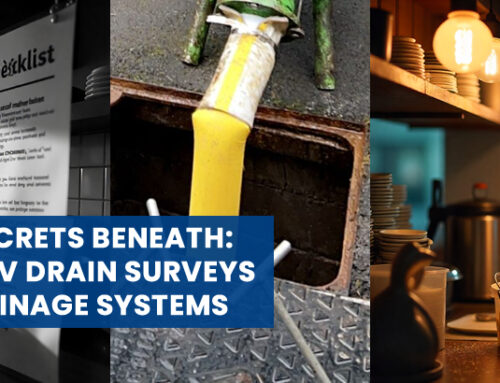Drain issues can be a major hassle, leading to water damage, foul odors, and even structural problems if left untreated. Whether you have a blocked drain, cracked pipes, or a complete drainage system failure, you’ll likely need professional repair or replacement services. But how much does it cost in 2025?
In this guide, we’ll break down the factors that influence drain repair and replacement costs, providing an estimate of what homeowners and businesses can expect to pay.
Why Might You Need a CCTV Drain Survey?
A CCTV drain survey is useful in various situations. Whether you are experiencing drainage issues, purchasing a property, or conducting routine maintenance, a drain survey can provide crucial insights. Below are some of the main reasons why you might need one:
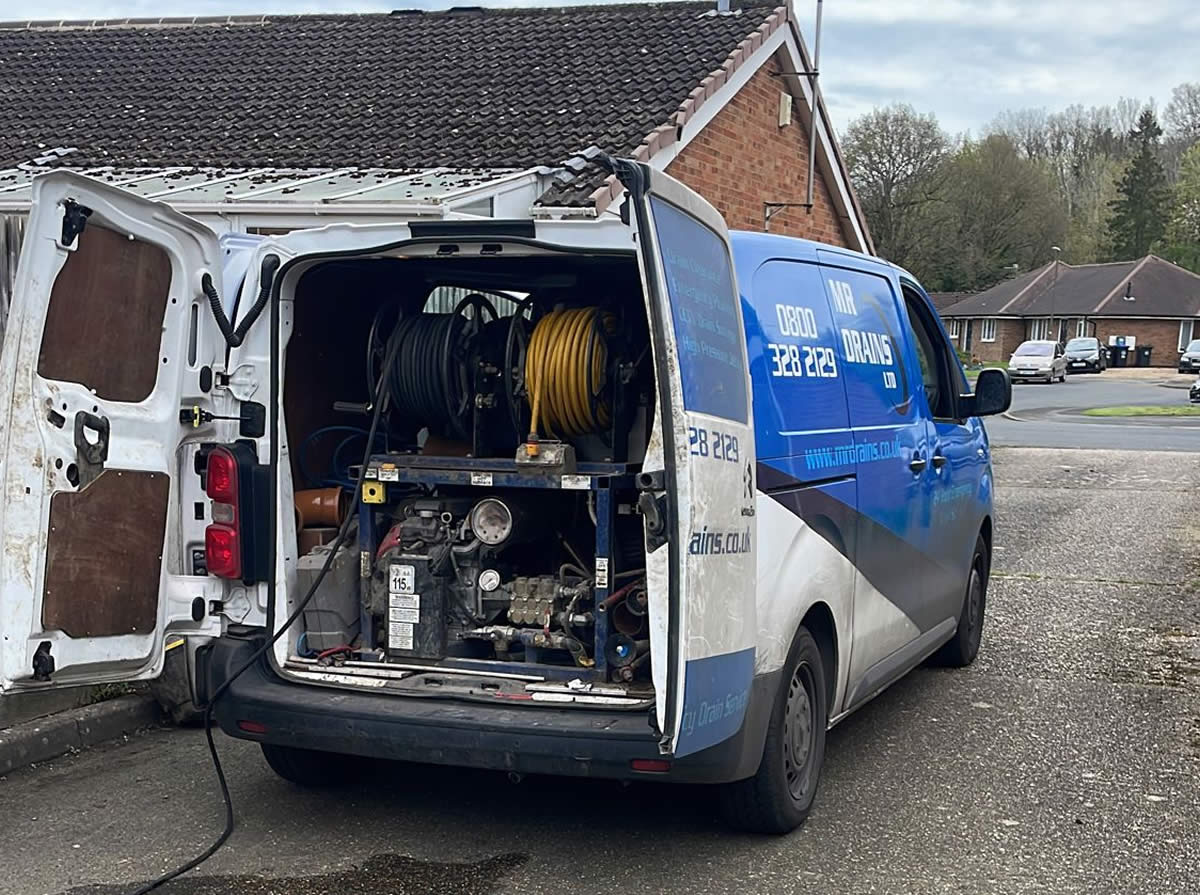
Factors That Affect Drain Repair and Replacement Costs
1. Severity of the Damage
The extent of damage to your drainage system plays a significant role in determining repair costs.
- Minor Issues: Small problems like slow-draining sinks, foul smells, or minor leaks are generally inexpensive to fix. These issues can often be resolved with simple cleaning or sealing solutions. For example, a minor clog caused by grease buildup or hair may require a basic drain cleaning, which is relatively affordable.
- Moderate Damage: Cracked or slightly misaligned pipes can be fixed with patch repairs or drain relining, which are mid-range in terms of cost. These repairs typically involve reinforcing the interior of the existing pipe to restore functionality.
- Severe Problems: If your drain system has suffered major damage, such as collapsed pipes or severe root intrusion, extensive excavation and replacement may be necessary. These types of repairs require more labour, materials, and time, significantly increasing costs. In some cases, tree roots may need to be removed, and preventative measures like root barriers may need to be installed to prevent future issues.
2. Type of Repair Needed
The method used to fix your drainage problem directly impacts the total cost. Different repair techniques come with varying price points depending on the complexity and materials required.
- Drain Cleaning (Unclogging): If your drain is simply blocked, the solution may be a basic drain cleaning service. Techniques such as drain rods, high-pressure jetting, or chemical treatments can be used to clear the blockage. This is one of the most affordable options, with costs increasing if more advanced tools are needed.
- Patch Repair: A small crack or hole in a drain pipe can be fixed using a patch repair, which involves sealing the damaged section without replacing the entire pipe. This is a cost-effective solution for minor leaks and breaks.
- Drain Lining: Also known as “no-dig” repair, drain lining method involves inserting a flexible resin liner into the pipe, which hardens to create a smooth new interior. This is ideal for fixing minor to moderate damage without excavation, reducing labour costs. However, it may not be suitable for severely damaged or collapsed pipes.
- Full Drain Replacement: If the drainage system is beyond repair, a full replacement is required. This involves digging up the old pipes and installing new ones, making it the most expensive option due to the extensive labour and materials involved. Excavation and restoration of the surrounding area (e.g., driveways, gardens) can add to the cost.
3. Pipe Material and Size
The type of pipes used in your drainage system will also affect repair and replacement costs.
- PVC Pipes: These are among the most affordable and widely used in modern drainage systems. They are lightweight, resistant to corrosion, and easy to install, making repairs or replacements relatively inexpensive.
- Clay Pipes: Older drainage systems often use clay pipes, which are durable but prone to cracking and root intrusion. Repairing or replacing these pipes is more labour-intensive, increasing costs.
- Cast Iron Pipes: Found in many older properties, cast iron pipes are extremely strong but susceptible to rust over time. Repairing or replacing them is more expensive due to the weight and difficulty of working with the material.
- Concrete Pipes: Used in large-scale drainage systems, concrete pipes are highly durable but expensive to repair or replace due to the heavy materials and specialised labour required.
Additionally, the diameter and length of the pipe will impact costs. Larger and longer pipes require more materials and labour, leading to higher expenses.
4. Accessibility and Location
The ease of access to the damaged drain can make a significant difference in the cost of repairs.
- Easily Accessible Drains: If the damaged section of the drain is easily accessible, such as an outdoor pipe with no obstructions, the repair cost will be lower.
- Difficult-to-Access Drains: If the pipes are located under a driveway, patio, garden, or even inside the foundation of a building, excavation is required, which significantly increases labour costs.
- Urban vs. Rural Locations: In city areas, where drains may be buried beneath roads or pavements, repairs can be more expensive due to the need for permits and traffic management. In rural areas, repairs may be easier but could require additional work due to long pipe runs.
5. Emergency vs. Scheduled Repairs
The urgency of the repair also affects pricing.
- Scheduled Repairs: If you can plan your drain repair in advance, costs are generally lower. Many drainage companies offer flexible scheduling, allowing you to find the best price.
- Emergency Callouts: If you need immediate repairs due to a major blockage, flooding, or sewage backup, emergency services come at a premium. Weekend, holiday, and nighttime callouts can be significantly more expensive than standard rates.
- 24/7 Services: Some drainage companies provide round-the-clock emergency services, but at a higher price due to the inconvenience and quick response required.
6. Regional Price Differences
The cost of drain repair and replacement can vary depending on where you live.
- London & Major Cities: Labour costs are typically higher in major cities due to the cost of living and increased demand for services. Additionally, parking restrictions, traffic management, and permits can add to the cost.
- Smaller Towns & Rural Areas: Drain repairs tend to be slightly cheaper in rural locations, but travel costs for specialists may still apply.
- Local Competition: Areas with multiple drainage companies competing for business may offer more competitive pricing, whereas regions with fewer providers may have higher fixed costs.
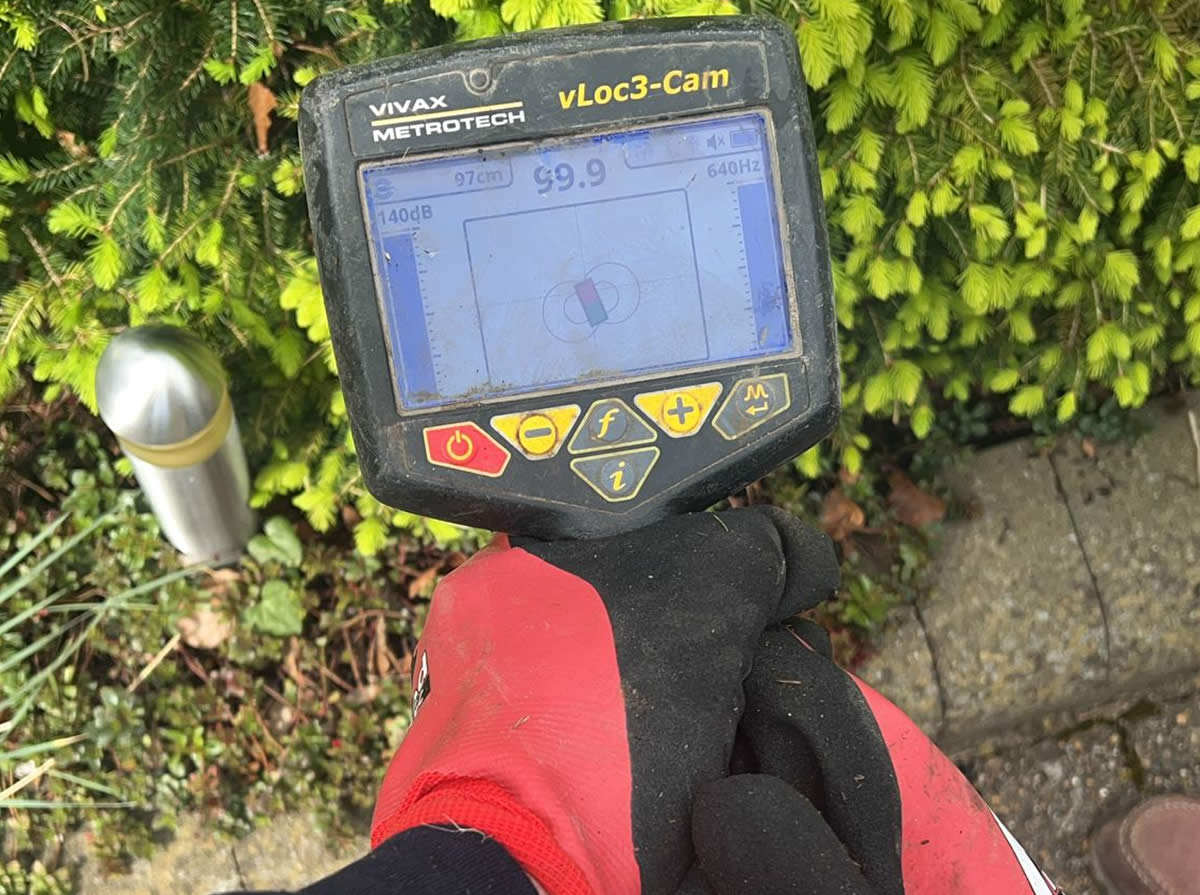
Estimated Drain Repair and Replacement Costs in 2025
|
Service Type |
Estimated Cost (GBP) |
|
Drain Unblocking |
£80 – £250 |
|
CCTV Drain Survey |
£100 – £400 |
|
Small Patch Repair |
£150 – £500 |
|
Drain Relining (per metre) |
£60 – £150 |
|
Pipe Replacement (per metre) |
£100 – £250 |
|
Full Drain Replacement |
£2,000 – £10,000 |
|
Emergency Callout |
£150 – £500 |
Note: Prices may vary based on location, service provider, and specific site conditions.
How to Reduce Drain Repair Costs
- Regular Maintenance: Scheduling annual drain inspections prevents costly repairs.
- Use Drain Guards: Stop food, grease, and debris from clogging pipes.
- Act Early: Address minor blockages before they lead to bigger issues.
- Compare Quotes: Get multiple quotes from professional drainage companies.
- Consider No-Dig Solutions: Trenchless repair methods like drain lining can save time and money.
Conclusion
The cost of drain repair or replacement in 2025 depends on factors like the severity of damage, repair method, and location. While minor repairs can be affordable, extensive replacements can be costly. Investing in regular maintenance and acting quickly at the first sign of trouble can help reduce long-term expenses.
If you’re experiencing drainage issues, consult a professional to get an accurate estimate and the best repair solution.
Contact MR Drains for regular drain maintenance or other related services

